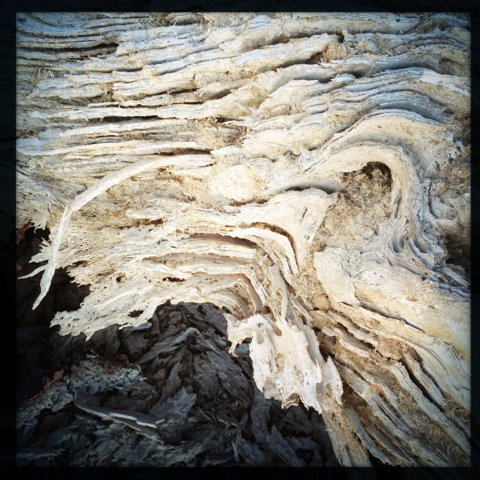I always use travel to recharge creative juices very often depleted by getting through the daily grind. It helps that as a family we err towards travel to the wild and beautiful places that inspire me. The past 6 weeks have delivered on every front and in quite different ways.
Rain, dry, lush, barren, empty, full, blue against gold, red against grey, immense trees reduced to paper thin reminders of centuries of growth. So many contrasts, so much beauty.

What strikes me the most is the contrast between a wintery Western Cape in South Africa, followed by the dry landscape of Botswana.
Winter sun in South Africa left colours saturated and recent rain had brought a lushness and deep greens to landscapes that are dusty and dry in the summer months. Aloes in full bloom lined the roads of the garden route and brilliant yellow Lucerne fields cut swaths through green farmland. Rainwater tanks, earthen dams, windmills and simple farmhouses - all long standing areas of exploration in my work, lined the roads as we drove up and down the coast.
Favorite themes revisited.
Favorite themes revisited.
Then we switched gears, flew and drove north into a landscape where annual evaporation exceeds annual rainfall and the rain that does fall, comes in the summer months. It is a bone dry landscape in the winter with deeply rutted tracks bearing witness to summer mud now rock hard and devoid of water.
The beauty here? Some of it lay simply in the stark, vastness of the landscape but most of it lay in the details and contrasts. Beauty lies in the lines of a road cutting through an empty landscape, the brilliant yellow of grasses against a deep blue sky, a brilliant orange seed pod, the paper-thin layers of a fallen Baobab tree, the tenacity of a thorn tree growing in a place with little to no rainfall, it's branches designed to bring maximum shade to animals seeking shelter from the relentless sun.
Beauty in the bush lies in the small patches of black just above an impala's hoof, the delicate polka dots on a Chobe bushbuck's belly, the crazy stripes on a zebra that continue up the his/ her mane, a warthog's Mohawk, the gingery tear drop above a lion's eye and the light dots on their massive paws, a giraffe's long neck and eyelashes, the iridescent hues of the lilac breasted roller, the brilliant sheen and elegant curved horns of the sable antelope. All this attention to detail reminds me of couture on a catwalk, except that this is everyday dress for the animal kingdom.



















